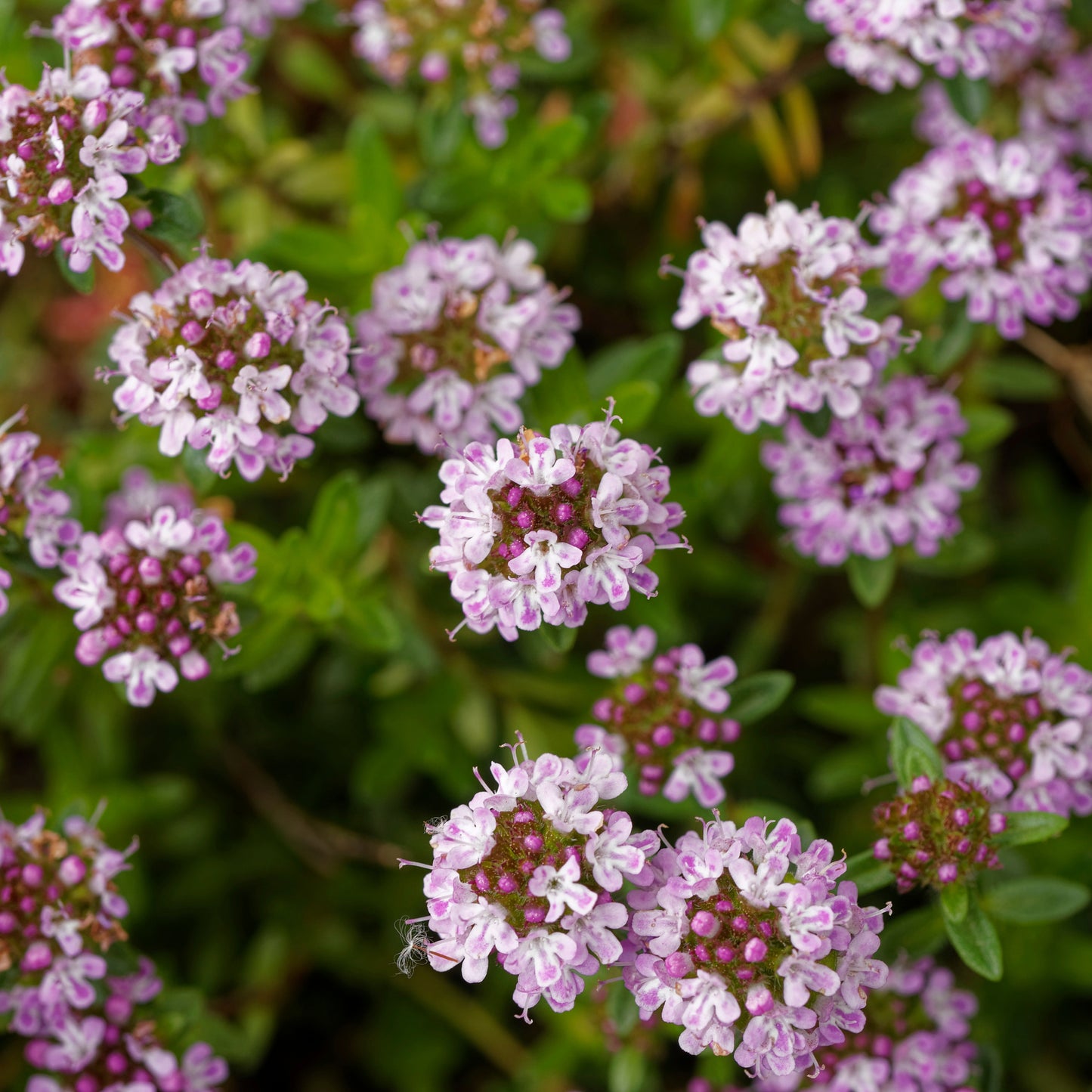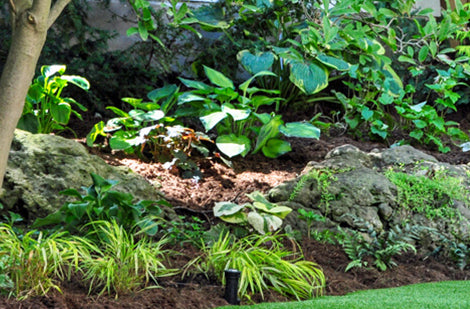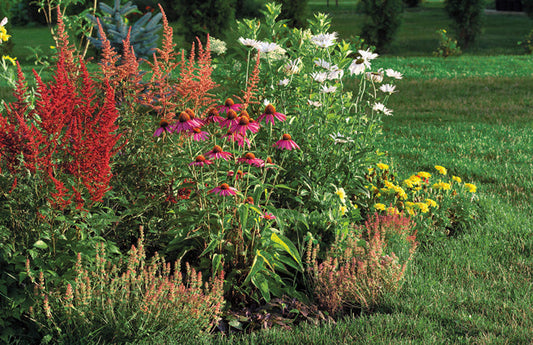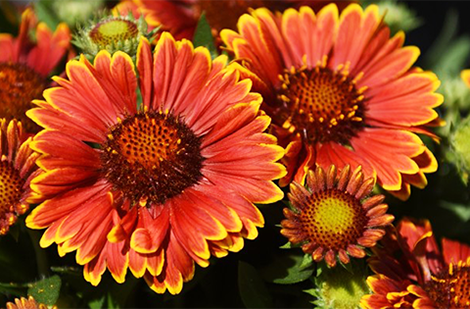Thymus x citriodorus
Thymus citriodorus - Lemon Thyme
Thymus citriodorus - Lemon Thyme
Exposure
- Full sun
Rusticity
Bloom time
- June
- July
- August
- Fresh lemon scent
- Culinary and ornamental use
- Effective groundcover
- Drought tolerant
- Natural mosquito repellent
Elevate your dishes and beautify your garden with Lemon Thyme (Thymus citriodorus), a charming and versatile aromatic herb! Known for its delicate green foliage and fresh lemony scent, this thyme is a culinary must-have and an excellent groundcover plant. Easy to grow and robust, it will bring a fragrant Mediterranean touch and fine texture to your landscapes, while also helping to keep mosquitoes at bay nearby.
Characteristics
- Foliage: Small, oval, green leaves that release a fresh lemon scent when bruised. Foliage is evergreen in mild climates and semi-evergreen in colder zones.
- Flowering: Produces small pink to lavender flowers, clustered at the tips of the stems. Flowering is subtle but attracts pollinators.
- Light Requirements: Needs full sun (6+ hours per day) for compact growth, intense fragrance, and good flowering. Insufficient light can make the plant sparser.
- Habit: Low-growing habit, either spreading and creeping or forming dense, small mounds.
- Growth: Moderate growth rate. Typically reaches a height of 15 to 30 cm (6 to 12 inches) and a spread of 30 to 60 cm (1 to 2 feet).
- Humidity: Tolerates average ambient humidity. Prefers dry conditions to excessively humid ones.
- Soil: Requires very well-drained, even lean or sandy soil. Drainage is crucial to prevent root rot. Avoid heavy, clay soils.
- Temperature: Very hardy. Tolerates winter cold well.
- Watering: Low watering needs once established. Allow the soil to dry out completely between waterings. Overwatering is the main cause of failure.
- Resistances: Very resistant to diseases and pests, especially in well-drained conditions. Its fragrance acts as a natural repellent.
Usage
- Types of Use: A must-have in cooking (soups, curries, teas, infusions). Can be grown in pots or containers on patios and balconies. Ideal for an herb garden, in mass plantings for its ornamental grass-like appearance, or as an aromatic barrier against insects in lounging areas.
- Decorative Benefits: Its slender fronds and graceful habit bring an airy texture and exotic look to any design. Its refreshing lemony scent perfumes the air, particularly pleasant on summer evenings, and helps to repel mosquitoes nearby.
Maintenance
- Fertilization: Generally little to no fertilization is necessary, especially if the soil is already moderately fertile. Excess fertilizer can reduce fragrance intensity and flowering.
- Pruning: Prune lightly after flowering to maintain shape and encourage new, dense growth. More severe pruning in spring can be done to rejuvenate the plant.
- Plantation:
- Spacing: Approximately 30 to 45 cm (12 to 18 inches) between plants to allow for good expansion.
- Depth: Plant at the same depth as it was in its container.
- Period: Spring is the ideal time for planting, once all risk of frost has passed.
Plant details
Dimensions
Dimensions
Characteristics
Characteristics
Habit:
- Bushy
- Compact
- Creeping
Flowering colours:
- Pink
- Mauve
Plant needs
Plant needs
Watering:
- Tolerates dry and well-drained soil
Maintenance:
- Easy
- Prune after flowering
Soil requirement:
- Well drained
Features
Features
Resistance:
- White-tailed deer
- Heat
- Cold
- Disease
- Drought
Attract:
- Pollinators
Use:
- Pot
- Container
- In-ground
- Raised Garden Bed
- Border
- Ground cover
- Mass Planting
- Rock garden
Attribute:
- Edible
- Scented
- Non-Toxic for Cats
- Non-Toxic for Dogs



Related articles
-

Perennials for all occasions
Read the articleOsez créer des associations inédites qui sauront refléter votre personnalité, même si pour cela vous deviez déplacer certaines vivaces pour mieux les mettre en valeur.
-

Landscaping with perennials
Read the articleVariétés à découvrir, la tomate se savoure crue, en sandwich, en bruschetta ou en salade. Cuite, c'est l'ingrédient de base de sauces, soupes et salsas.
-

Perennials proper maintenance: cut and fertilize
Read the articleLa grande popularité des vivaces vient du fait qu'après avoir été oubliées pendant des mois au cours de l'hiver, elles réapparaissent sur la scène plus énergiques et surprenantes que par...
-

How to plant perennials in your garden
Read the articleEn pénétrant au jardin, ce sont souvent les plantes vivaces que l’on remarque en premier. Un massif de sauges, d’hémérocalles, d’astilbes, d’échinacées ou de lavande offre un spectacle d’une beauté...











